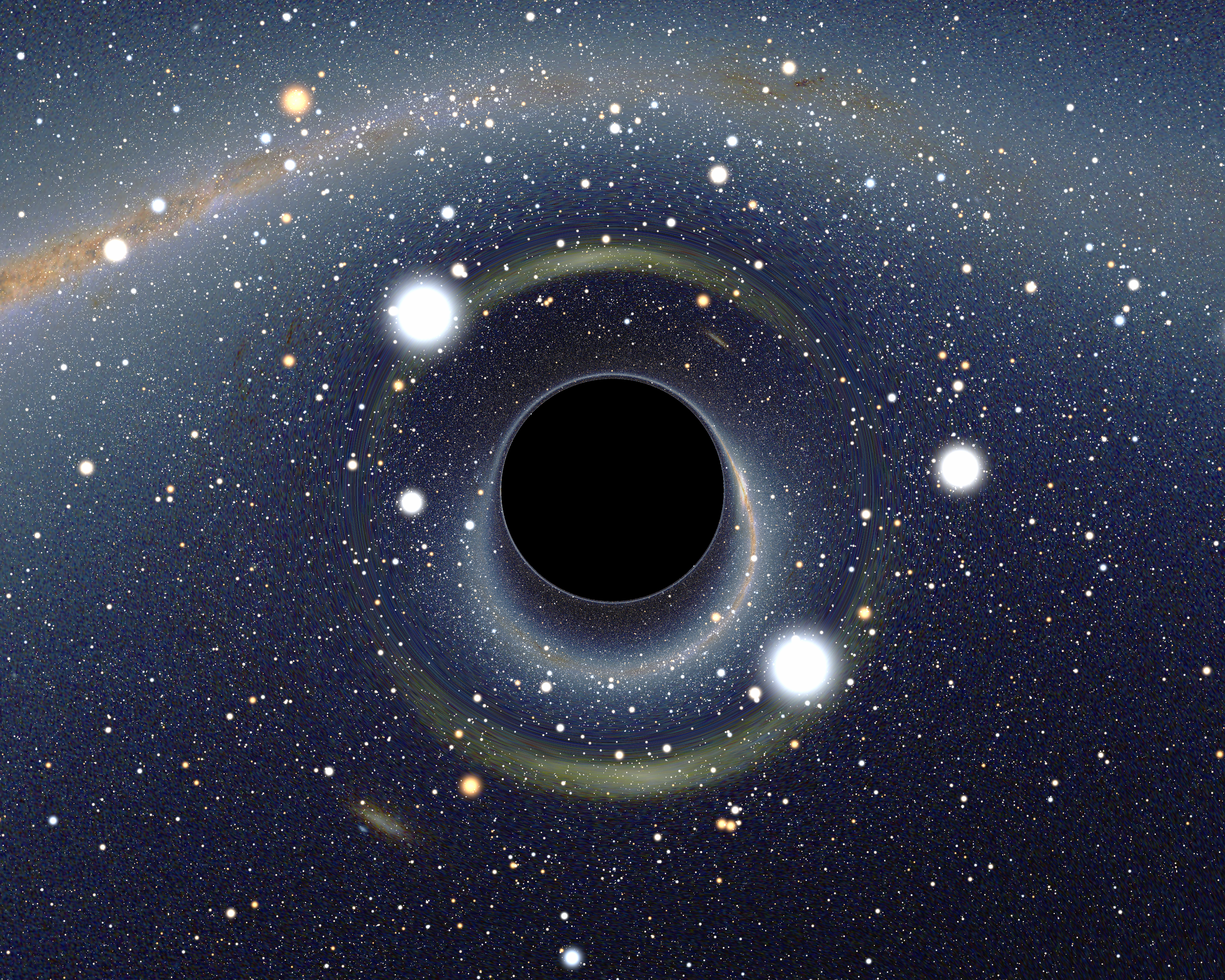NASA's New Horizons spacecraft mission is currently on its way to the dwarf planet Pluto, and is over halfway there. The probe lifted off on January 19, 2006 from Cape Canaveral Air Force Station, Florida on an Atlas rocket. It will fly by and study Pluto and its moons, Charon, Nix, Hydra, Kerberos, and Styx around July 14, 2015. After that, NASA plans to attempt flybys of one or more other Kuiper belt objects, if a suitable target can be located.
The spacecraft passed by Jupiter and its moons around February 2007 to give it a boost in its velocity. This technique is called gravity assist and it is done by the gravitational field of a planet. It works by both the gravitational field of the planet and the motion of the planet orbiting the Sun. If the spacecraft flies along the planets orbit around the Sun, it will gain some of the planet's orbital energy. The total kinetic energy remains constant, so while the planet loses some, the spacecraft gains some of it and this is what causes the increase in speed. This is a very clever trick because it does not require any fuel to give it a boost! This is how New Horizon will get to Pluto.
 |
| New Horizon trajectory as it passes Jupiter |
While New Horizon passed Jupiter, NASA took the opportunity to take data and study Jupiter and its moons. It took pictures of Jupiter's surface and the data was used to analyze the atmosphere and composition and structure of its clouds. This 4 month period of observation also helped to test the equipment and served as a test run for the Pluto encounter.
The main goal of this mission is to study Pluto and its moons. Scientists want to understand the composition and conditions of the atmosphere and the structure of the surface of Pluto and its moons. New Horizon is expected to arrive at Pluto in July 2015
Sources:
http://pluto.jhuapl.edu/index.php
http://en.wikipedia.org/wiki/New_Horizons
http://www2.jpl.nasa.gov/basics/grav/primer.php




